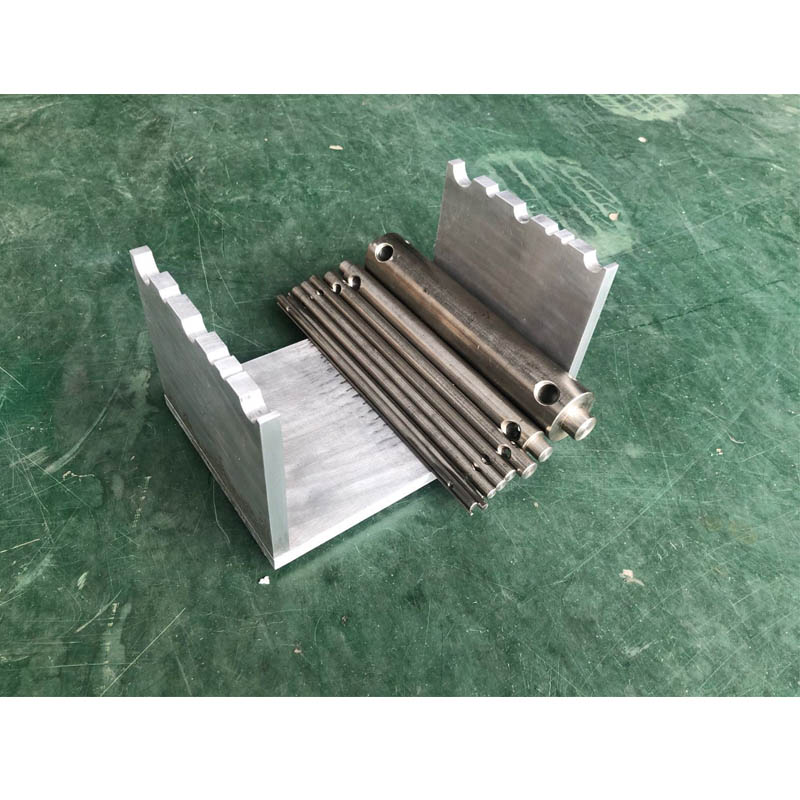smoke density chamber test factory
Understanding Smoke Density Chamber Testing in Factories
Smoke density chamber testing plays a crucial role in assessing the fire safety of materials used in various industries. This testing method evaluates how combustible materials contribute to smoke production during combustion. With an increasing emphasis on safety regulations and standards in manufacturing, understanding the significance of smoke density chamber testing is essential for factories looking to ensure compliance and protect both their products and personnel.
The Purpose of Smoke Density Chamber Testing
The primary objective of conducting smoke density chamber tests is to measure the amount of smoke produced when a material is burned. This is particularly important because smoke inhalation poses a greater risk to life during a fire than the flames themselves. The tests provide critical data that helps manufacturers select materials that minimize smoke generation during a fire. This data is essential for industries such as construction, automotive, and electronics, where materials must meet specific fire safety standards.
How Smoke Density Chamber Testing Works
A smoke density chamber is specially designed to create a controlled environment for testing materials. The process begins by placing a sample of the material inside the chamber. The chamber is then subjected to heat until the material ignites. Throughout the test, sensors measure the opacity of the smoke generated, which is usually quantified using a smoke density index. This index indicates how much smoke is produced relative to the amount of light that can pass through the space.
The test results are critical for manufacturers when selecting materials for products, as they highlight the smoke generation characteristics of various substances. For instance, materials that produce dense, black smoke can obscure visibility and create hazardous conditions during a fire, making them less desirable.
Regulatory Compliance and Standards
Many countries have established regulatory frameworks that require smoke density testing for specific materials. For example, organizations like the National Fire Protection Association (NFPA) and Underwriters Laboratories (UL) in the United States have set guidelines that manufacturers must adhere to. Compliance with these standards not only enhances safety but can also be advantageous commercially. Products that pass smoke density tests often have a competitive edge in the marketplace, as they are viewed as safer options.
In Europe, the Construction Products Regulation (CPR) mandates that building materials meet certain fire safety criteria, including smoke density assessments. Manufacturers looking to export their products must ensure compliance with both local and international standards, making these tests crucial for global operations.
smoke density chamber test factory

Benefits of Smoke Density Chamber Testing
Investing in smoke density testing offers numerous benefits for factories and manufacturers
1. Enhanced Safety By selecting materials that minimize smoke production, factories can significantly reduce the risk of fatalities and injuries in the event of a fire.
2. Regulatory Compliance Regular smoke density testing ensures that products meet relevant safety standards, preventing legal issues and potential fines.
3. Market Competitiveness Products that demonstrate low smoke density ratings can be marketed as safer options, appealing to consumers and businesses prioritizing fire safety.
4. Material Development Testing can guide material innovation by encouraging the development of new substances that perform better in fire scenarios.
5. Reputation Management Factories that prioritize safety can build trust with customers, stakeholders, and regulatory bodies, enhancing their overall brand reputation.
Conclusion
Smoke density chamber testing is a vital process for factories across various industries. As fire safety regulations tighten and public awareness of fire hazards increases, the importance of understanding and implementing these tests cannot be overstated. Manufacturers that invest in smoke density testing are not only safeguarding their employees and customers but are also contributing to the overall improvement of safety standards in their respective industries. As technology evolves, it is likely that methods of testing will also advance, further refining our ability to assess and mitigate fire risks posed by materials. In a world where safety is paramount, smoke density chamber testing is an invaluable tool for ensuring a secure environment for all.
-
The Role of Tensile Force Testers in Quality Control and Material Science
NewsAug.01,2025
-
Maintenance and Safety Tips for Aging Ovens
NewsAug.01,2025
-
Density Balance in Forensic Science
NewsAug.01,2025
-
Advanced Optical Measurement Technologies
NewsAug.01,2025
-
A Buyer’s Guide to Tensile Test Machines
NewsAug.01,2025
-
Why the Conductor Resistance Constant Temperature Measurement Machine Redefines Precision
NewsJun.20,2025
 Copyright © 2025 Hebei Fangyuan Instrument & Equipment Co.,Ltd. All Rights Reserved. Sitemap | Privacy Policy
Copyright © 2025 Hebei Fangyuan Instrument & Equipment Co.,Ltd. All Rights Reserved. Sitemap | Privacy Policy
